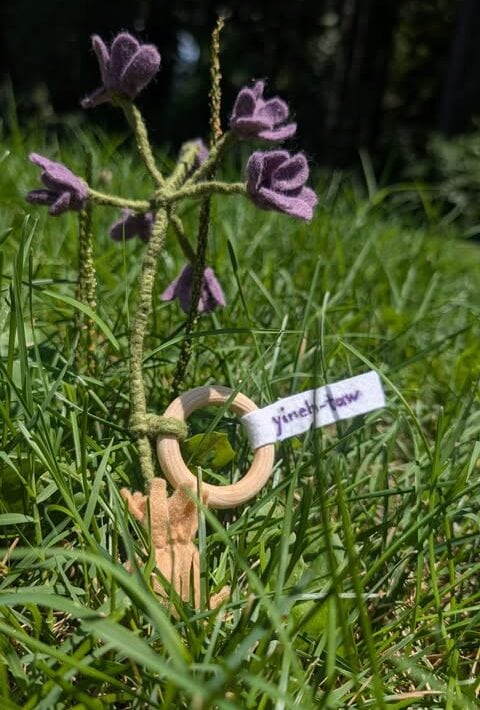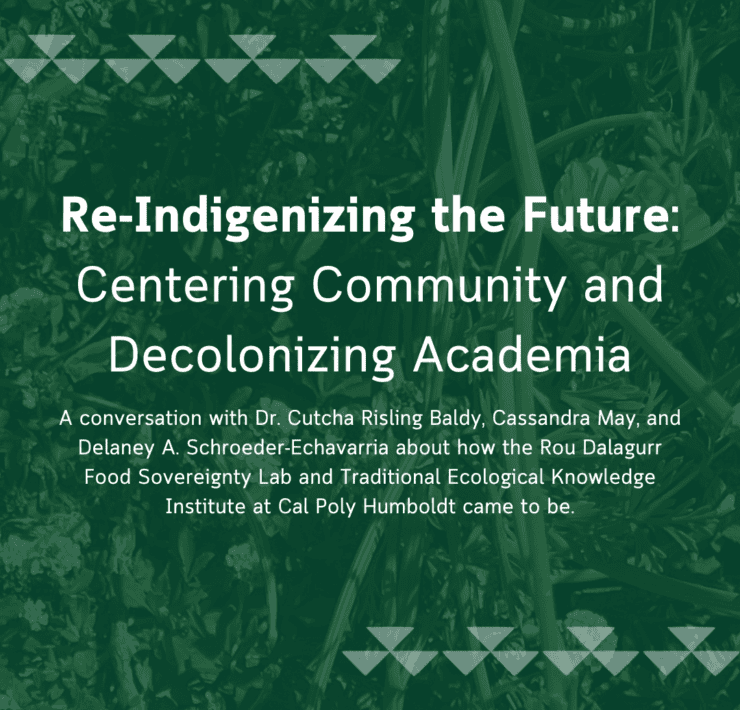
by Tavi Lorelle Carpenter
What a busy month February has been! I’ve always considered winter a time for reflection and slowing down. The shorter and colder days invite one to become more thoughtful and internal. But sometimes, life is more hectic than expected, and I’ve realized the importance of cultivating my own personal relationship that honors the seasonal changes.
For February, I read a book on the shorter side, hoping I could recommend it early in the month. But as February comes to a close, I realize with spring around the corner, this month’s recommendation is a perfect read for this change between winter and spring.
Enough For All, written by the late Kathleen Rose Smith (citizen of the Federated Indians of Graton Rancheria), is a collection of memories told through the senses of taste and sight. Subtitled as Foods of My Dry Creek Pomo and Bodega Miwuk People, this book shares the experiences and stories of gathering and preparing Dry Creek Pomo and Bodega Miwuk foods shared with Ms. Smith by her California Native family. Ms. Smith’s account of her traditional foods is intermixed with the reality that adjustments were made and continue to be made as time continues on.
While reading Enough For All, I reflected on the memories of food shared with me by my Grandmother and our family. The importance of community and sharing taught to me are mirrored in Ms. Smith’s own experiences, particularly as it’s tied to connection to land. There was also sadness in knowing there are foods I will likely never know because of the changing climate. However, despite the challenges we all face because of climate change, one can look to the past to draw strength from the knowledge shared with each generation by our elders that it is the relationship we have with nature, land, and home that keeps us connected to who we are and where we are from.
Ms. Smith’s beautiful paintings are included in the book. They offer another level of insight into her worldview. Her artistry is an essential component of the book, and why I included sight as a critical aspect of how she imparts her story to the reader. Her use of descriptive narrative is particularly painterly, offering visually dynamic pictures of place to the reader that celebrates the immense beauty of the natural world.
In a book about food, the everyday reader might expect complex and nuanced recipes filled with layered flavors. But Ms. Smith instead focuses on the bounty of the natural world, highlighting the undeniable reality that there truly is enough for all if we are in harmony with our world.
This is a beautiful book to read as we all transition to spring. I highly recommend taking your time reading it or even reading it aloud to friends and family. Some books allow one a moment of peace and reflection, and this is undoubtedly one of those. I highly recommend making some yummy tea (maybe using Yerba Buena leaves), inviting a friend or family member, and sharing each beautiful memory of food and home in the same thoughtful manner Ms. Smith shared her story with us readers.









